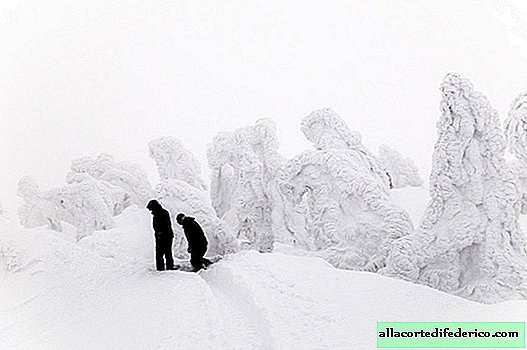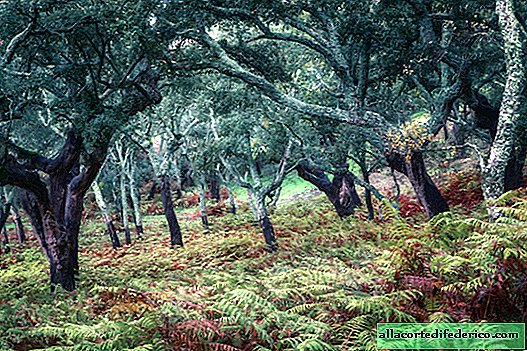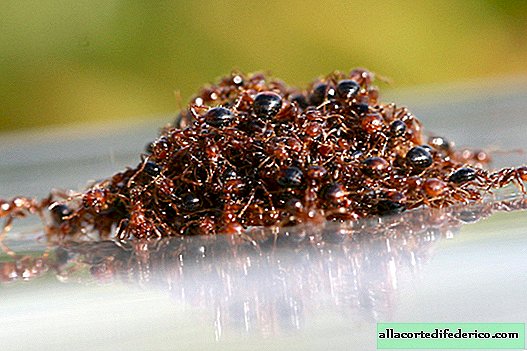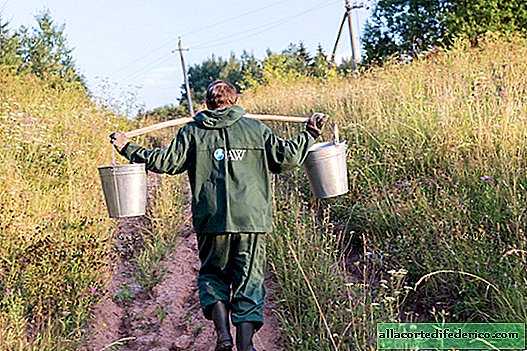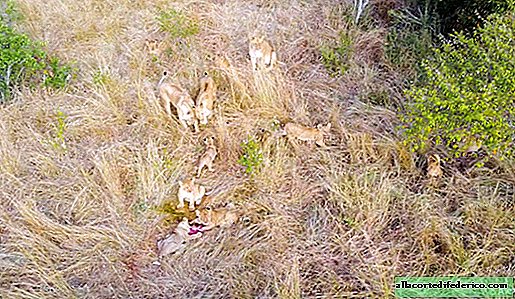The disappearance of boxwood forests: a history of environmental disaster in southern Russia
Just 10 years ago, no one could have imagined that relic boxwood forests on the Black Sea coast could disappear forever. Forests with this type of boxwood were common in the Krasnodar Territory and the Republic of Adygea, as well as in neighboring Black Sea countries. But during the landscaping of Sochi from Italy, seedlings of a related boxwood species with a dangerous pest were brought in, which, despite the measures taken, almost destroyed the unique ancient forests on the territory of Russia. In just a few years, the region experienced an environmental disaster, the scale of which is still difficult to assess.

Colchis boxwood is a rare plant species and, until recently, was found in the relict Colchic flora of the Tertiary period. Over the course of a long historical period, boxwood groves were massively cut down because of valuable wood, and since it took several decades to restore plantations of a slow-growing species, the area of boxwood forests in the Black Sea region significantly decreased. Even before the events described, this species was listed in the Red Book both in Russia and in neighboring countries. Trees grew in boxwood forests, as well as in combination with other species, forming thickets in the vicinity of Necker moss that looked like fairy-tale forests.

But back in 2009, before a caterpillar of a fire-bomb came from Sochi from Europe, Sochi park employees noted the drying up of boxwood trees, as well as infection by pathogenic microorganisms. Scientists examined over 400 hectares of boxwood plantations and concluded that the condition of the trees was affected by an abnormal temperature increase, which weakened the plants and made them more vulnerable to fungal and other diseases.

Mass import of imported plants from Europe was carried out in 2012 as part of the preparation of the city for the 2014 Winter Olympics. By that time, the boxwood flint, a native of East and Southeast Asia, had already completed its victorious march through Europe, destroying boxwood plantations in Switzerland, the Netherlands, Austria, Great Britain and other countries. After the boxwood caterpillars were discovered on plants obtained from Italy, the nursery staff did not take the necessary measures. The pest quickly spread throughout Sochi and beyond, and in a year 3-4 generations of butterflies managed to grow.

In this situation, the Sochi National Park employees used all available measures of chemical and biological control, but, alas, they turned out to be inconclusive. For several years, boxwood disappeared in the relict yew-boxwood grove on Mount Akhun, as well as in other regions of the Krasnodar Territory and Adygea, and the firebox, for lack of natural enemies, continued to eat boxwood and moved to Abkhazia. According to WWF Russia, 99% of boxwood trees were irretrievably lost.

In just a few years, an ecological catastrophe occurred in relic Colchis forests, more than one generation will have to deal with the consequences. This type of boxwood grows extremely slowly, therefore, dead forests will recover even with the proper participation of man for more than a century. A year ago, a nursery was established in the Belorechensky district of the Krasnodar Territory to grow seedlings of Colchis boxwood. But in order for the grown seedlings to be fearlessly planted for a permanent habitat, it is necessary to develop effective measures to combat the firetight.







